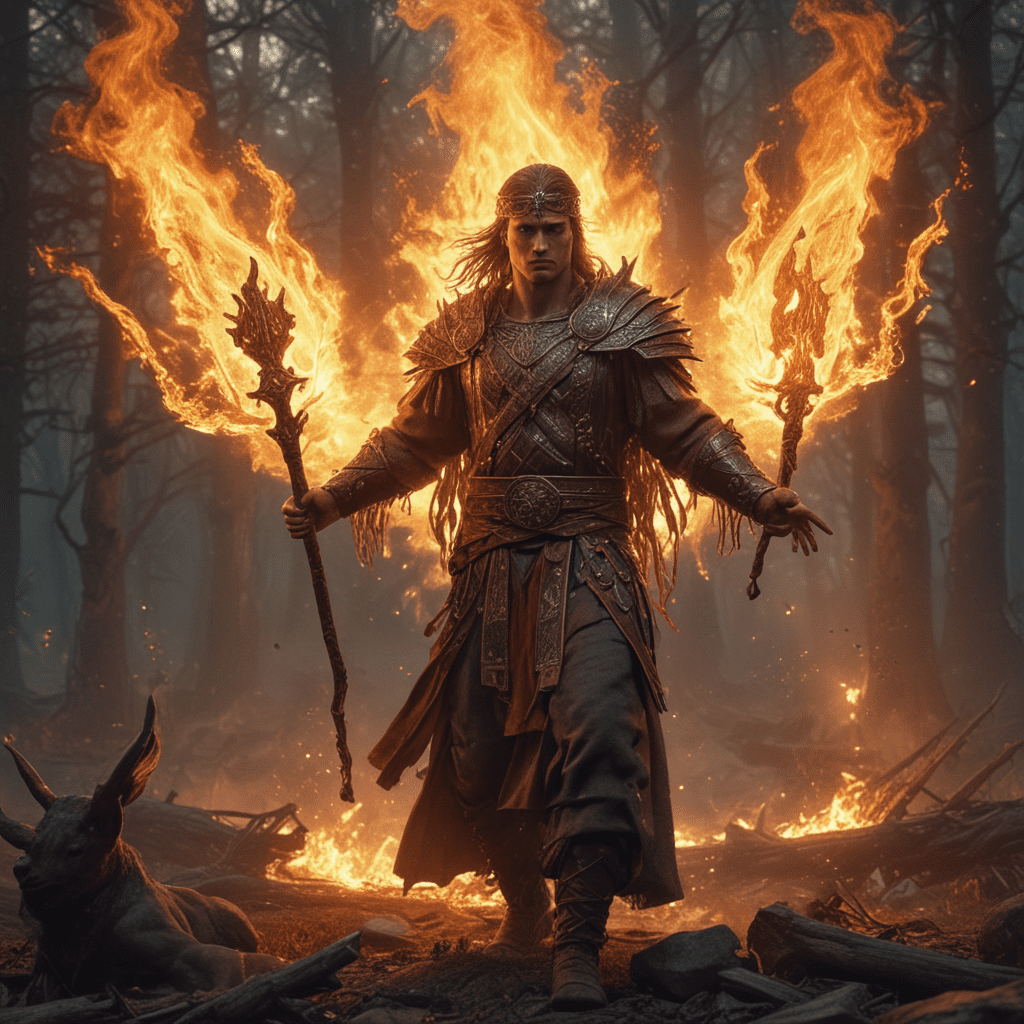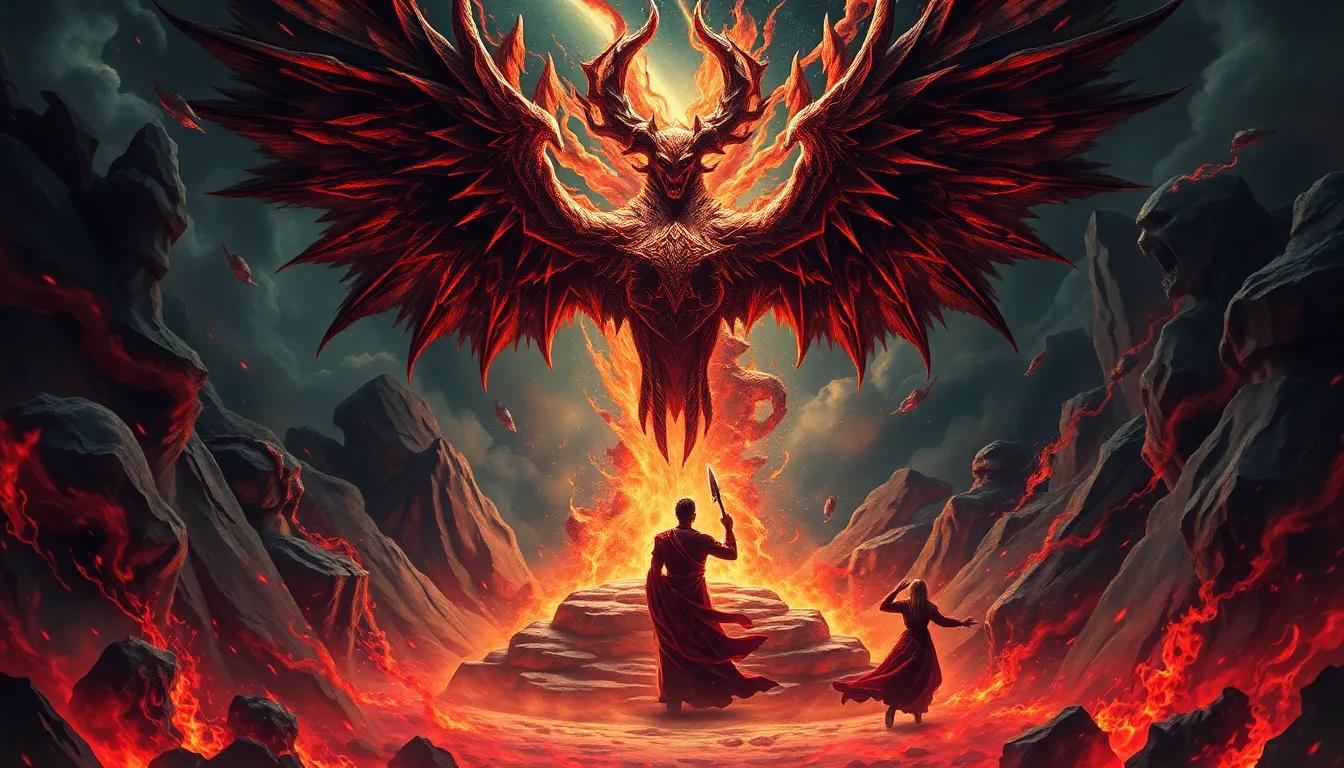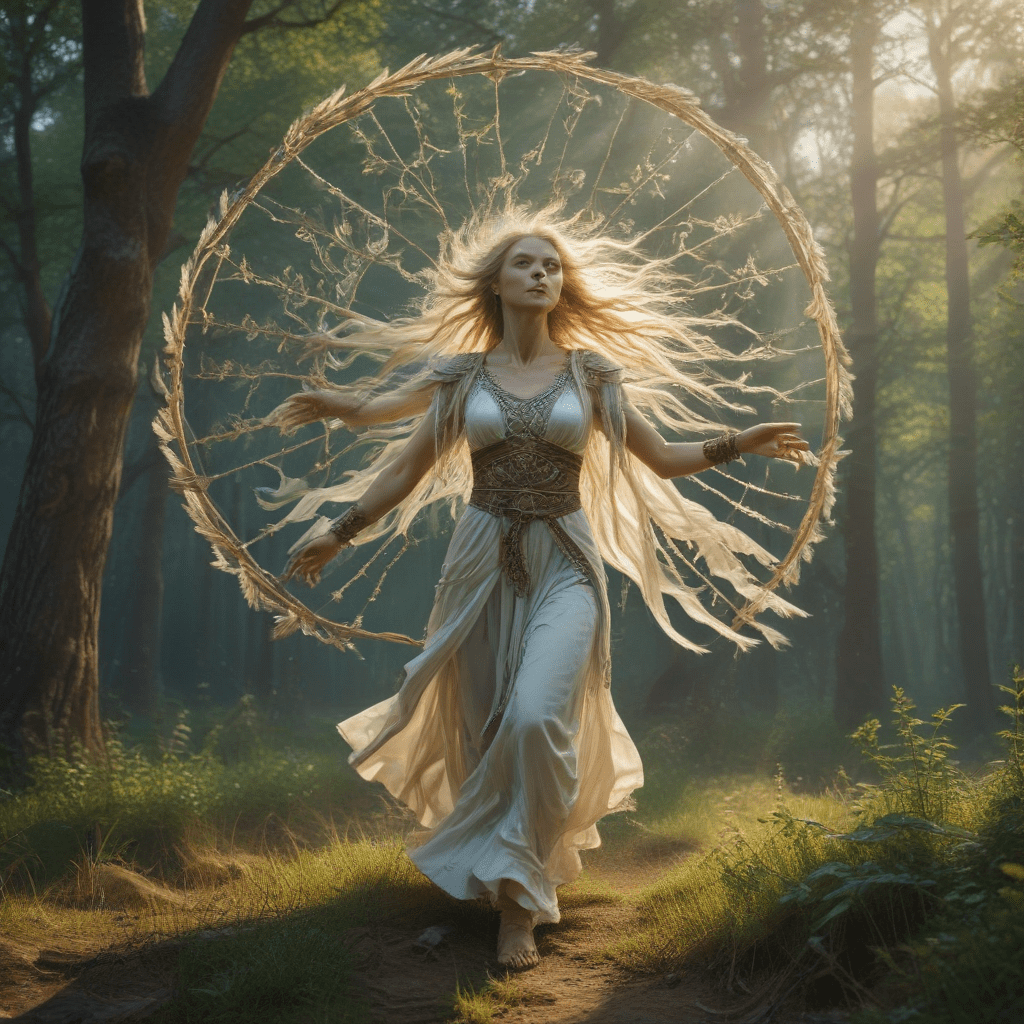Slavic Mythology: Beings of the Fire
Fire has always been a central element in Slavic mythology, representing both life-giving warmth and destructive power. From celestial gods to mythical spirits, the beings of fire played a significant role in shaping Slavic folklore and beliefs.
I. The Chur
The Chur is a guardian spirit of the hearth and home. It is a small, white-haired creature with a wrinkled face and piercing eyes. The Chur protects the household from evil spirits and misfortune, and it is said to bring good fortune and prosperity.
II. The Zorya
The Zorya are three sisters who personify the morning, noon, and evening stars. They are depicted as beautiful maidens with golden hair and flowing robes. The Zorya watch over the world, protect travelers, and guide the souls of the dead to the afterlife.
III. The Perun
Perun is the god of thunder and lightning. He is a powerful and feared deity, known for his fiery temper and his ability to unleash destructive storms. Perun is often depicted as a man with a long white beard and a hammer, which he uses to strike the earth and cause lightning.
IV. The Semargl
Semargl is a winged dog or griffin who guards the fire of the gods. He is a fierce and loyal protector, and he is said to be able to breathe fire and fly through the air. Semargl is often depicted as a symbol of strength and courage.
V. The Kupalo
Kupalo is a Slavic god of vegetation and fertility. He is associated with the summer solstice and the midsummer festival, which is celebrated on the night of June 23rd. During the Kupalo festival, bonfires are lit to honor the god and to celebrate the arrival of summer.
VI. The Viy
The Viy is a fearsome creature from Slavic folklore. It is described as a giant with a single, huge eye on its forehead. The Viy is said to be able to paralyze its victims with its gaze and to burn them with its fiery breath.
VII. The Ognennaya Baba
The Ognennaya Baba is a fire spirit and protector of the hearth. She is depicted as a beautiful woman with flaming hair and a long, flowing dress. The Ognennaya Baba is said to bring good fortune and prosperity to the home, and she is often invoked in rituals to protect against fire and misfortune.
VIII. The Zhar-Ptitsa
The Zhar-Ptitsa is a mythical bird from Slavic folklore. It is said to be the most beautiful bird in the world, with its feathers glowing like fire. The Zhar-Ptitsa is said to bring good fortune and prosperity to whoever catches it, and its feathers are said to have magical powers.
IX. The Ognevik
The Ognevik is a fire spirit that is said to live in the hearth or stove. It is a small, mischievous creature that is often depicted as a cat or dog. The Ognevik is said to be able to control fire and to protect the home from fire damage.
X. The Slavic Fire Mythos
Fire has always been a central element in Slavic mythology, representing both life-giving warmth and destructive power. The beings of fire played a significant role in shaping Slavic folklore and beliefs, and they continue to be revered in modern-day Slavic cultures.
FAQ
Q: What is the most powerful fire deity in Slavic mythology?
A: Perun, the god of thunder and lightning.
Q: Who is the guardian of the fire of the gods?
A: Semargl, the winged dog or griffin.
Q: What is the name of the Slavic fire spirit that lives in the hearth or stove?
A: The Ognevik.
Q: What is the name of the mythical bird in Slavic folklore that is said to bring good fortune and prosperity?
A: The Zhar-Ptitsa.
Q: What is the name of the Slavic fire spirit that is said to bring good fortune and prosperity to the home?
A: The Ognennaya Baba.



